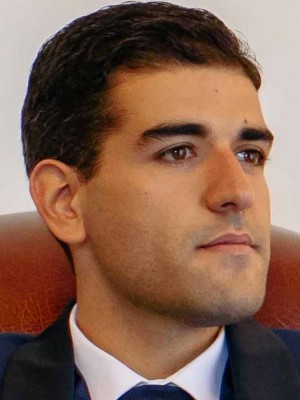abstract
The search for magnetoelectric materials typically revolves around the struggle to make magnetic and ferroelectric orders simultaneously coexist in the same material, using either an intrinsic or an extrinsic/composite approach. Via ab initio calculations of a prototypical Fe/BaTiO3 interface, we predict that it is possible to tune the magnitude of the individual magnetic moments even for non-polar BaTiO3. By comparing polar and non-polar Fe/BaTiO3 heterostructures, we show that the Fe, Ti and equatorial O atomic magnetic moments are induced and enhanced as a result of their local crystal field. The crystal field may be controlled solely by manipulation of the inter-atomic distances of their neighbouring atoms (which will affect their electrostatic fields and orbital hybridizations), or by the BaTiO3 electric dipole moments, working as a local polarization. When this polarization is present, it dominates the crystal field contributions, thus constraining the effects of other perturbations such as strain. We also find that, contrary to conventional expectations, the non-polar heterostructure shows higher strain induced magnetization sensitivity than its polar counterpart.
keywords
ROOM; PROGRESS
subject category
Chemistry, Physical; Physics, Atomic, Molecular & Chemical
authors
Amorim, CO; Amaral, JS; Amaral, VS
our authors
Groups
G2 - Photonic, Electronic and Magnetic Materials
G6 - Virtual Materials and Artificial Intelligence
acknowledgements
This work was developed within the scope of the project CICECO-Aveiro Institute of Materials, financed by national funds through the FCT/MEC and when appropriate co-financed by FEDER under the PT2020 Partnership Agreement. FCT is also acknowledged for grants SFRH/BD/93336/2013 (C. O. A.) and IF/01089/2015 (J. S. A.).




